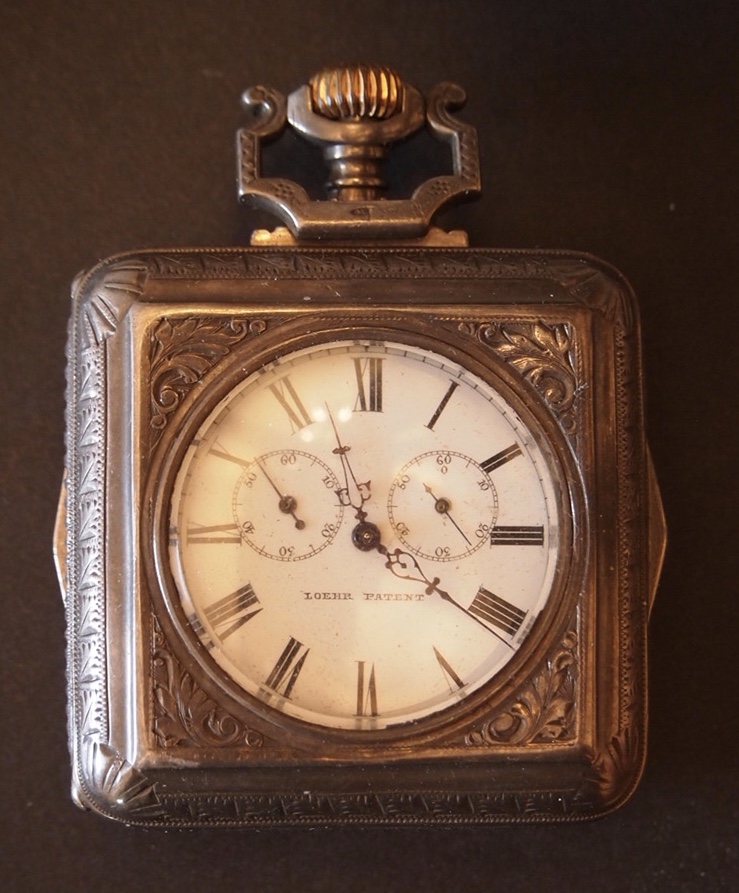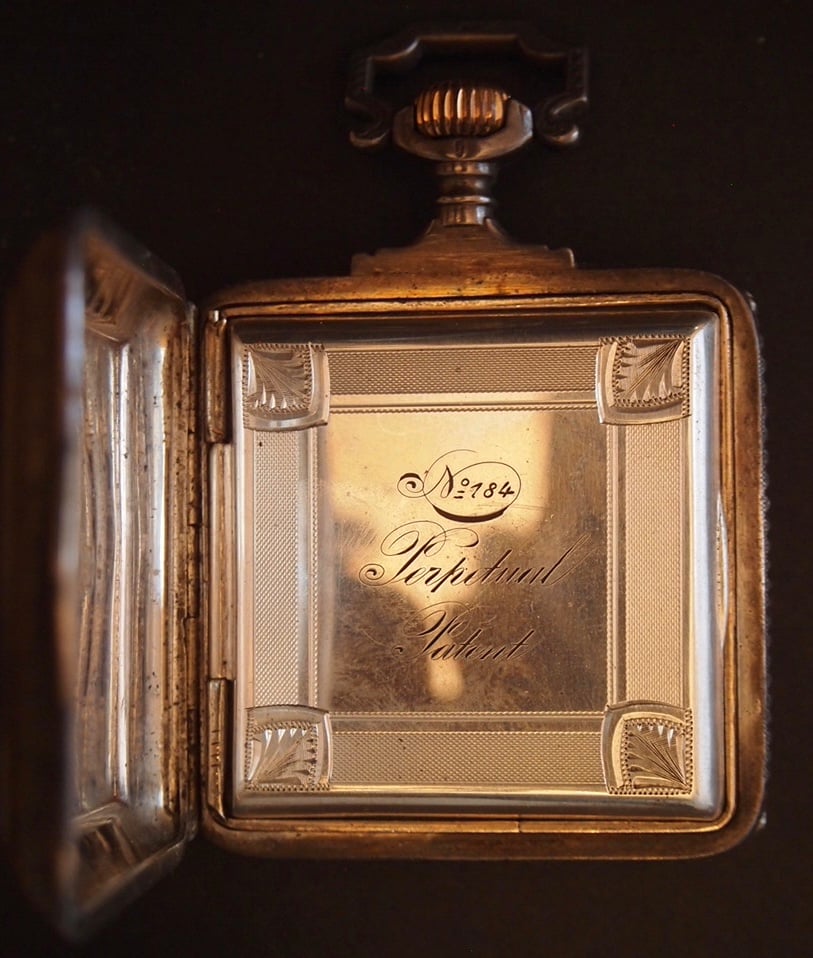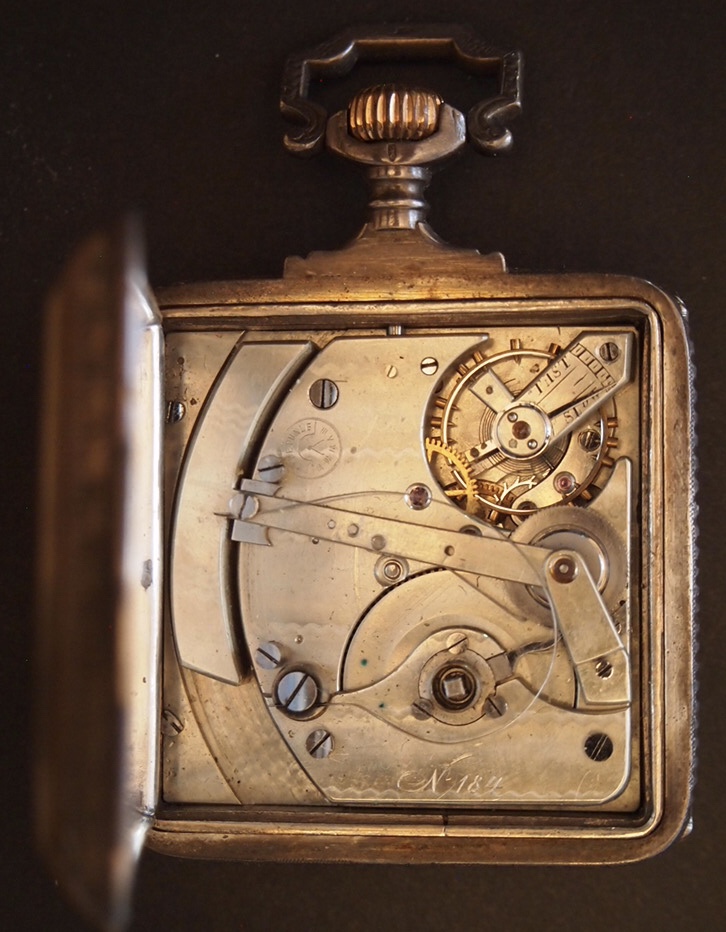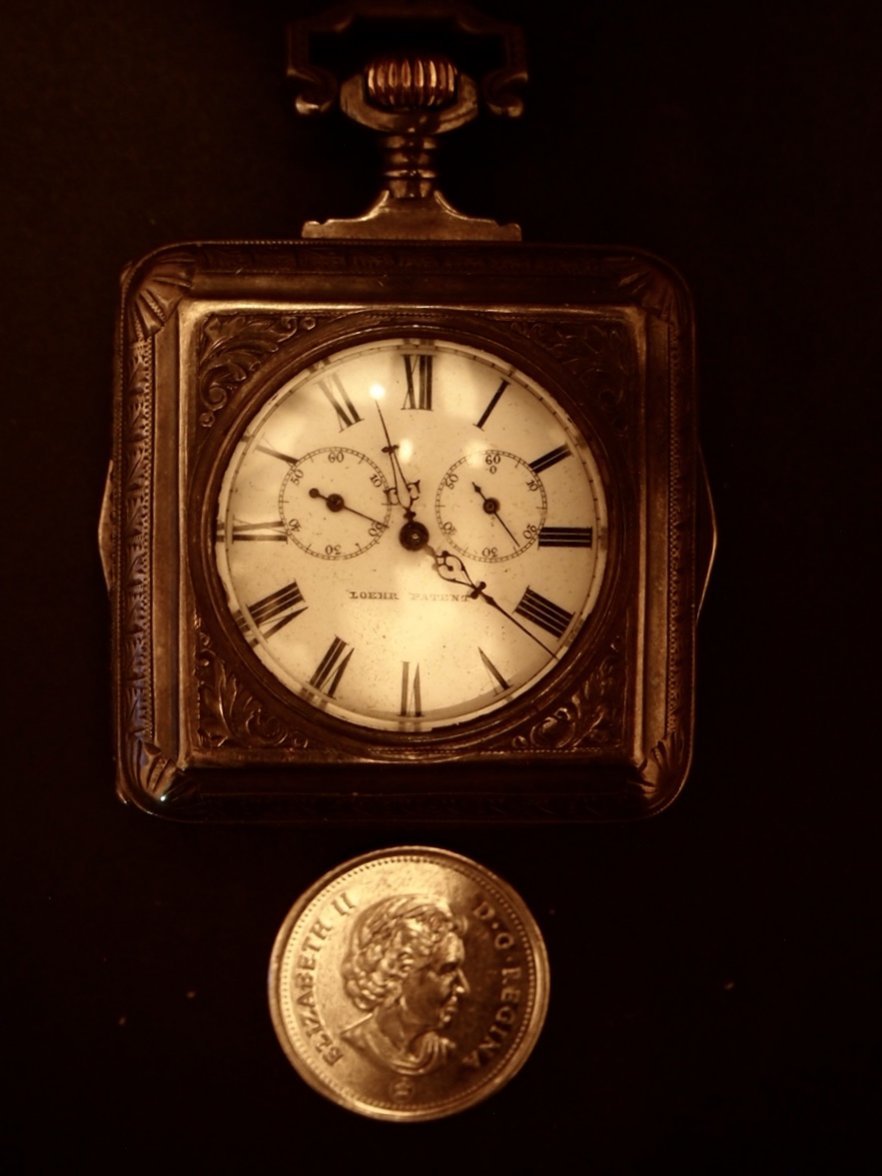Canuck
·I had a rather unique watch come my way, today. The dial name is LOEHR PATENT. August von Loehr was a scientist, engineer, watchmaker, and clockmaker who was granted a patent for a self winding watch. He was active during the last quarter of the 19th century. This watch is by him. The extra two sub dials comprise one for winding reserve, and the other for seconds. I found a twin to this one that sold at auction for over $6,000 U S in 2003. I know of no way to trace the age of the watch, but it is likely circa 1880.
View attachment 1150300 View attachment 1150301 View attachment 1150302 View attachment 1150303
View attachment 1150300 View attachment 1150301 View attachment 1150302 View attachment 1150303





